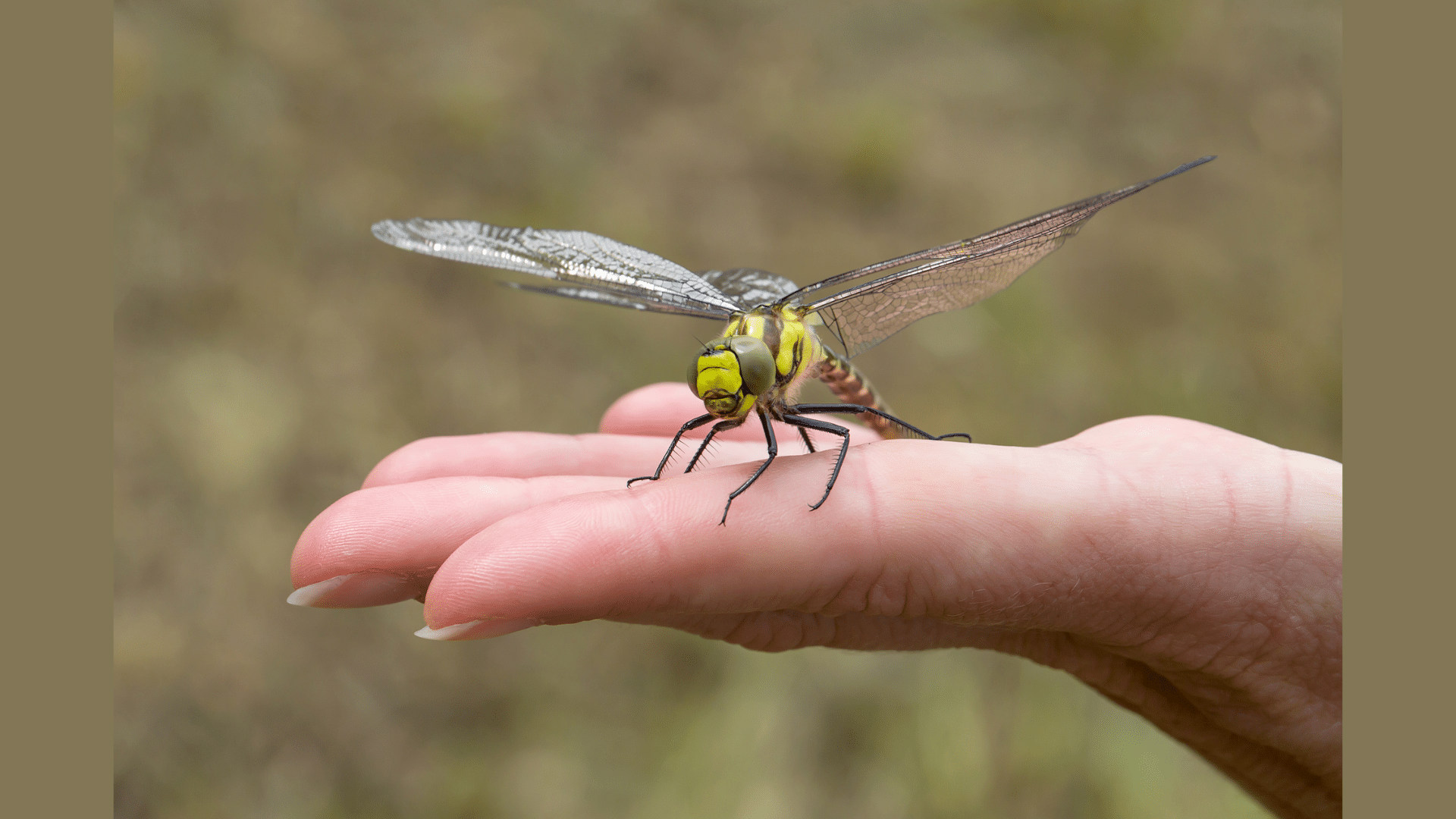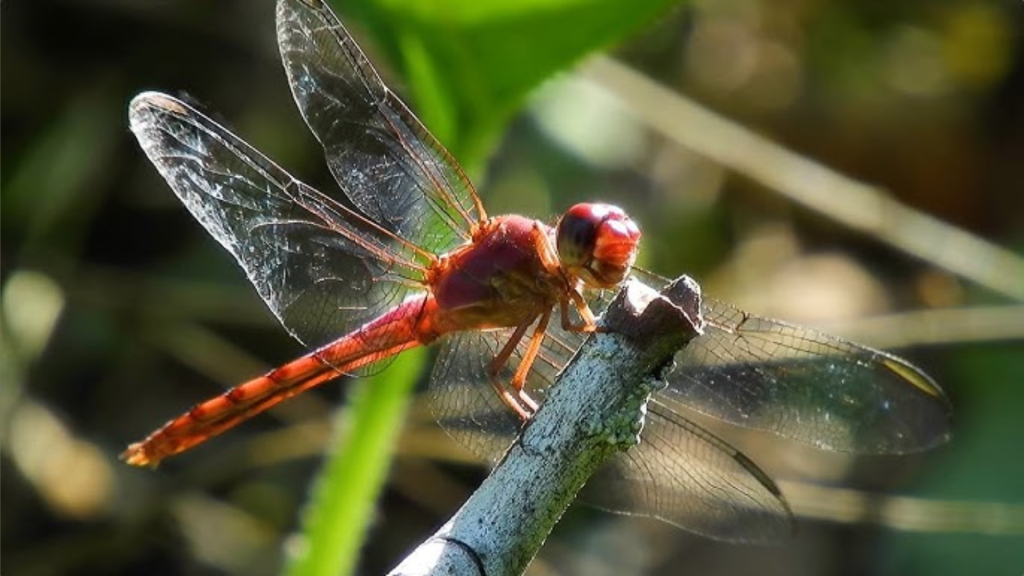Ever watched a dragonfly? Well, these winged creatures look like nature’s own fighter jets.
But what if we tell you these bug-eyed buzzers are more likely to be your backyard bodyguards than your enemies?
So, get ready to learn the real deal about dragonflies!
You will get to know the myths that will ease your worries, and show why these bugs are quiet heroes in your garden.
Do Dragonflies Bite Humans
Let’s get straight to the point: Yes, dragonflies can bite humans, but it’s quite rare!
These tiny creatures might give a microscopic nip, but only if they are feeling seriously threatened.
When a dragonfly bite happens, it’s typically when:
- Someone tries to grab them
- They feel cornered
- They’re accidentally squished or trapped
Common Myth About Dragonflies
Dragonflies might seem irritating, but that reputation mostly comes from some seriously wild folklore. Over the years, they have earned various nicknames like “Devil’s darning needle,” “Witch’s animal,” and “Horse stinger.”
Despite the scary titles, the truth is far less dramatic. Dragonflies look fierce because they are insane flyers with large eyes and fast, precise movements, but these features are all designed for hunting small insects, not for attacking humans.
Dragonfly Behavior Around Humans

Dragonflies are more like curious neighborhood watchers than scary monsters. When they hover near you, they are usually:
- Checking out the movement
- Hunting nearby insects
- Simply exploring their environment
Pro Gardener Tip: These guys are your backyard’s best friend! They are essentially flying pest control, targeting mosquitoes, gnats, and other annoying bugs.
How to Interact with Dragonflies Safely
| Tip | Description |
|---|---|
| Observe from a distance | Watch dragonflies without getting too close to avoid startling them. |
| Move slowly | Gentle movements help prevent scaring them away. |
| Avoid grabbing or trapping | Handling dragonflies can harm their delicate wings and bodies. |
| Appreciate without touching | Enjoy their presence visually, no need for physical interaction. |
| Create a welcoming environment | Add ponds, water features, and plants to attract dragonflies to your garden. |
Fun Facts About Dragonflies
- Ancient Insects: Dragonflies have been around for 250–300 million years, making them one of the oldest flying insect groups on Earth.
- Many Species: There are over 5,000 different species of dragonflies found all over the world.
- Incredible Flyers: Dragonflies can fly straight up, down, backward, and even hover in place. Some can fly as fast as 35 miles per hour (56 km/h).
- 360-Degree Vision: Their large eyes provide nearly 360-degree vision, enabling them to spot prey and avoid danger with ease.
- Double Wings: Dragonflies have two pairs of strong wings that can move independently. This lets them make quick turns and sudden stops.
- Excellent Hunters: They are expert hunters, catching and eating mosquitoes, flies, and even other dragonflies while flying. They can eat up to 100 mosquitoes in a day.
- Life Starts Underwater: Dragonflies begin life as nymphs (babies) living underwater. They can remain in this stage for up to five years, feeding on small fish, tadpoles, and insects.
- Short Adult Life: Once they become adults, most dragonflies only live for a few weeks to a few months.
- Wing Tricks: Dragonflies beat their wings about 30 times per second and can fly upside down or backwards.
- Colorful Bodies: Many dragonflies have bright, metallic, or iridescent colors that make them easily visible near water.
- Jet-Propelled Babies: Dragonfly nymphs can escape danger underwater by shooting water out of their backsides, which pushes them forward quickly.
Pro Tip: If you want to make dragonflies your backyard friends, create a water feature or keep your garden natural.















